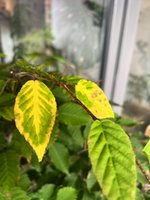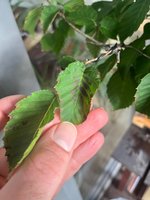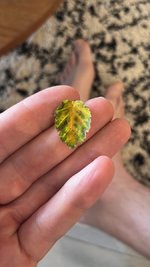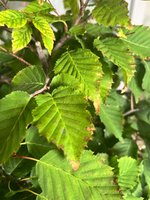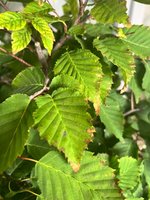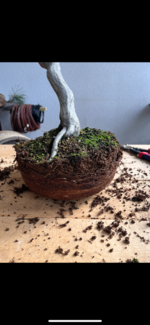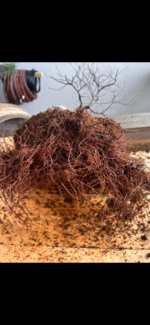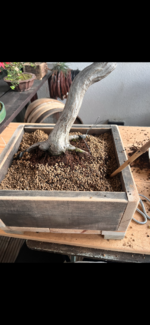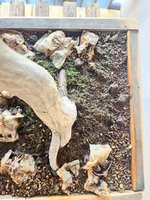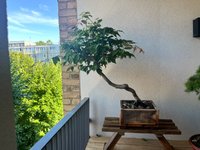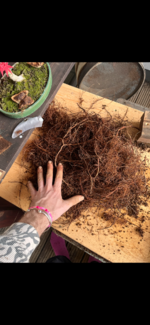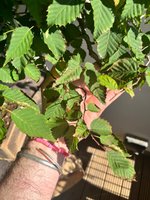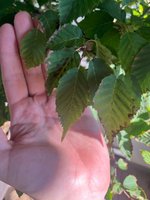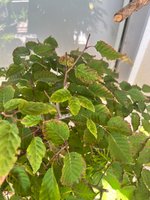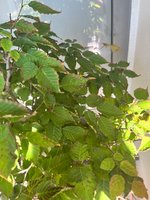Sure , what's your reasoning I'm asking , do you have any data ? Testing , results to say why ? hope you see where I'm coming from as at the moment . I'd say as Ryan Neil has won awards and day in day out ( via streams and videos ) shows the the proof is in the pudding with his stock and collection you know .
Akadama is used for developed bonsai. It is meant to break down over time to increase root ramification--at least that's the theory. It performs well for the first year or so, then (depending on the grade of Akadama) it turns to sludge. People unfamiliar with that tend to not notice the drainage problems it creates at the end of the cycle. It is used best with conifers. It's also important to understand there are different grades of Akadama. Some break down very quickly, while others are fired in a kiln and last a long time. Western Suppliers sometimes (and mostly if they're unfamiliar with the stuff) don't make distinctions.
It's OK for some applications, but hardly all. It's also expensive.
In your situation, it's not worth it and possibly detrimental. Plain old regular bonsai soil--with some added organics and harder sharper ingredients like pumice, coarse sand, etc. can facilitate drainage while the organics retain moisture (Which is important for a deciduous tree like yours).
Bottom line, there is no reason to put this tree in pure Akadama. And FWIW, Ryan Neil is working in the Pacific Northwestern U.S. primarily with old, even ancient, collected Western North American conifers. What he says is applicable mostly to what he's working on, not deciduous species in the U.K.
Also, there is no hard data or research to back up any of what he says. Doesn't mean he's wrong. It means he's going with his gut on this stuff, like the rest of us. Also important not to mistake notoriety for "last word" expertise. Ryan is a tremendous talent. He knows a lot about bonsai and their propagation. He's also a very good marketing guy with wide exposure online.
 . It was repot in spring . I noticed a small part that had the beginning of root aphids but felt like I dealt with and eradicated it as has been growing well , lots of extensions and just suddenly it has dipped a little . Hopefully somone can help .
. It was repot in spring . I noticed a small part that had the beginning of root aphids but felt like I dealt with and eradicated it as has been growing well , lots of extensions and just suddenly it has dipped a little . Hopefully somone can help .
